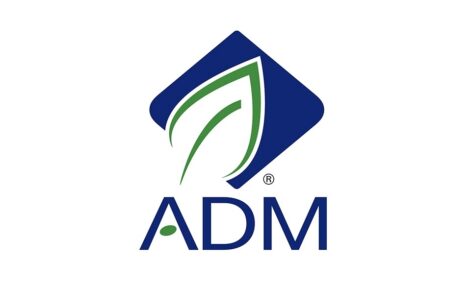



Poultry Inspectors Protest Inspection Proposal at USDA
US - Around 100 poultry inspectors gathered outside the US Department of Agriculture on Monday, right under Agriculture Secretary Tom Vilsack's window, to protest a proposal to expand an inspection system that shifts federal inspectors away from inspecting for quality defects and allows slaughter lines to speed up.The USDA's Food Safety and Inspection Service is responsible for examining all poultry carcasses for blemishes or visible defects before they are further processed. Under the proposed rule, the agency would transfer much of this quality-assurance task over to the poultry plants so that it can devote more of its employees to evaluating the companies' pathogen-prevention plans and bacteria-testing programs.
It basically moves the federal inspector further down the line, to right before the chiller, to make sure there's no fecal material on the birds before they take the plunge into the cooling tank.
FSIS argues that the system, formally known as the HACCP Based Inspection Models Project, or HIMP, will improve food safety and save taxpayer dollars. The consumer group Food & Water Watch, and the inspectors at the rally, take issue with the entire proposal, arguing that it privatizes inspection and puts consumers at risk. A handful of plants have been a part of the HIMP pilot program for 12 years.
According to a peer-reviewed risk assessment, expanding HIMP would save FSIS $85 to $95 million over the next three years and be a $250 million boost to poultry companies, which will be able to crank up line speeds and process birds at a faster pace, all while reducing an estimated 5,200 poultry-caused illnesses each year.
"Cutting the budget does not justify putting the health and safety of consumers and workers in the balance," said Wenonah Hauter, executive director of FWW. "USDA inspectors receive extensive training to protect public health in poultry facilities, but there is no similar requirement for company employees to receive training before they assume these inspection responsibilities in the proposed privatized inspection system. This short-sided thinking could actually cost the federal government more to deal with a potential increase in foodborne illnesses caused by unsanitary, defective poultry and meat."
At the protest rally, inspectors held signs that read: "Chicken Inspection Isn't a Speed Sport," "Don't Play Chicken With Safety" and "Speed Kills."
FSIS, for its part, points out that its also the private sector's responsibility - and in the poultry companies' interest - to keep keep carcasses with cosmetic or food safety defects out of commerce.
In a recent interview with Food Safety News, Under Secretary for Food Safety Dr Elisabeth Hagen pointed out that FSIS' "extensive" HIMP assessment actually compared HIMP and non-HIMP plants, which is something FWW did not do in their analysis.
"What company has an advantage when they put cosmetically unappealing products in the market place? None of them," said Dr Hagen. "There's a lot in the report that Food & Water Watch put out that, there's a lot of detail that I think we can respond to very easily....You could argue that our inspectors are finding things before they're going into commerce. We've still got somebody looking at what's happening in this HIMP system. It's not as if we've completely eliminated that function."
The number one concern expressed among inspectors at the rally was, without question, line speed, and the impact that would have on their ability - or anyone's ability - to inspect the birds whizzing by.
A group of inspectors from Georgia, Florida and Mississippi, who on average have been working in poultry plants for 15 years, told Food Safety News that if line speeds jump from 140 birds per minute, with three inspectors inspecting 35 birds each per minute, to closer to 200 birds per minute, with only one USDA inspector on the line, there will be quality issues: "How much can you see in that period of time!?"
"It's a very very bad idea," said one inspector from Georgia. "It's the speed and it's the quality the public will be receiving."
"There's a public safety risk here," said Clarence Douglas, an inspector from Mississippi. "The speed is a very important issue. We only have a few seconds to look at the birds. It's already tough to inspect as it is. If you speed it up you'll make it even more difficult."
Thomas says he still enjoys chicken and isn't picky about where it comes from, "but I will be if this proposal comes about. It would be a big step back."
Dr Hagen said that FSIS is simply trying to modernize an outdated poultry inspection system and improve food safety.
"The inspection system was designed at a time when we thought the greatest risk was diseased animals getting into the food supply. We can do better than that now. We know what we need to be focused on is looking at whether the system they've set up is actually doing what it's supposed to do. What are the trends in the testing data? Are they meeting critical control points? These are things that actually make consumers safer," said Dr Hagen. "It's not to say that there's not a role for USDA to play in some of this sorting, but these are primarily marketability issues. Anybody who knows food safety and anybody who's truly interested in moving the ball forward, would agree that we should be focused on things that actually make consumers safer."








